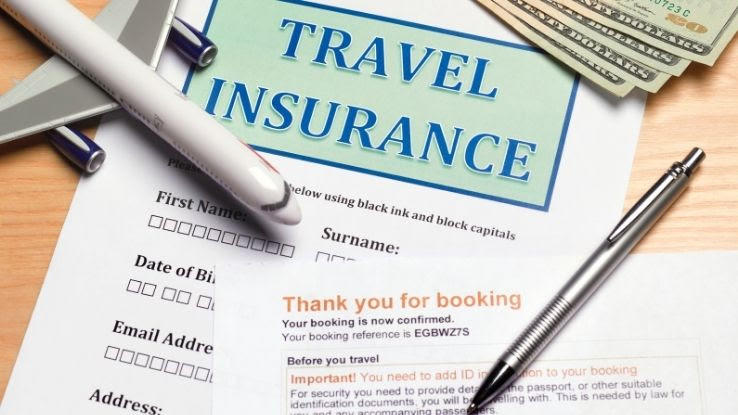Pacific Prime - An Overview
Wiki Article
6 Simple Techniques For Pacific Prime
Table of ContentsSome Ideas on Pacific Prime You Should KnowAll About Pacific PrimeThe Basic Principles Of Pacific Prime The Definitive Guide to Pacific PrimeThe Basic Principles Of Pacific Prime

This is because the data were collected for a period of strong economic performance. Of the approximated 42 million people who were uninsured, just about about 420,000 (regarding 1 percent) were under 65 years old, the age at which most Americans come to be qualified for Medicare; 32 million were adults between ages 18 and 65, around 19 percent of all grownups in this age team; and 10 million were kids under 18 years old, concerning 13.9 percent of all kids (Mills, 2000).
These estimates of the number of persons without insurance are generated from the yearly March Supplement to the Current Population Study (CPS), performed by the Census Bureau. Unless otherwise noted, national quotes of individuals without wellness insurance policy and percentages of the populace with different sort of protection are based on the CPS, the most commonly utilized resource of quotes of insurance policy protection and uninsurance rates.
The smart Trick of Pacific Prime That Nobody is Discussing

Still, the CPS is especially useful because it generates yearly price quotes fairly promptly, reporting the previous year's insurance policy protection estimates each September, and due to the fact that it is the basis for a regular set of estimates for greater than two decades, permitting evaluation of fads in insurance coverage in time. For these reasons, in addition to the considerable usage of the CPS in various other research studies of insurance coverage that exist in this report, we rely on CPS price quotes, with restrictions noted.

The price quote of the number of without insurance people broadens when a population's insurance policy condition is tracked for several years. Over a three-year duration starting early in 1993, 72 million people, 29 percent of the united state population, were without coverage for at the very least one month. Within a solitary year (1994 ), 53 million people experienced at least a month without protection (Bennefield, 1998a)
Six out of every 10 without insurance adults are themselves utilized. Working does boost the possibility that one and one's household members will certainly have insurance, it is not a warranty. Even participants of families with 2 full-time wage income earners have nearly a one-in-ten chance of being without insurance (9.1 percent without insurance rate) (Hoffman and Pohl, 2000).
The smart Trick of Pacific Prime That Nobody is Talking About
New immigrants make up a considerable percentage of individuals without health and wellness insurance. One analysis has associated a substantial section of the recent growth in the size of the U.S. uninsured populace to immigrants that got here in the nation between 1994 and 1998 (Camarota and Edwards, 2000). Recent immigrants (those that involved the United States within the previous 4 years) do have a high price of being without insurance (46 percent), but they and their youngsters make up simply 6 percent of those without insurance nationally (Holahan et al., 2001).The relationship between health and wellness insurance coverage and access to care is well established, as documented later in this chapter. The relationship between wellness insurance policy and wellness end results is neither direct nor easy, an extensive medical and wellness services study literary works links health insurance policy coverage to improved accessibility to care, much better quality, and boosted personal and populace health and wellness status.
Levels of analysis for examining the impacts of uninsurance. It concentrates especially on those without any type of wellness insurance for any type of size of time.
The Best Strategy To Use For Pacific Prime
The troubles encountered by the underinsured are in some areas comparable to those faced by the uninsured, although they are usually less severe. Wellness insurance coverage, however, is neither necessary neither adequate to acquire accessibility to clinical services. The independent and direct result of health insurance policy coverage on accessibility to health services is well established.
Others will get the health treatment they need also without medical insurance, by paying for it out of pocket or seeking it from suppliers that provide care complimentary or at highly subsidized index rates. For still others, medical insurance alone does not make certain receipt of treatment since of various other nonfinancial barriers, such as a lack of health and wellness treatment suppliers in their area, minimal access to transport, illiteracy, or etymological and social distinctions.
How Pacific Prime can Save You Time, Stress, and Money.
Formal research study concerning uninsured populaces in the United States dates to the late 1920s and very early 1930s when the Board on the Expense of Healthcare generated a series of reports concerning financing physician workplace sees and hospital stays. This concern became salient as the numbers of medically indigent climbed throughout the Great Depression.Report this wiki page